The Spanish government approved on Friday the bill amending the Civil Code to grant Spanish citizenship to all descendants of Sephardim (Spanish Jews) who apply for it and certify that status while they may retain the citizenship of their country of origin. The Sephardi Jews were the Jews who lived in Spain before their expulsion during the Reconquest by the Catholic Kings. The Spanish spoken by the Sephardim is known as the “Ladino” language. In the following you can read the article about the new bill in Spanish as a reading comprehension exercise. Below the article there is a video where you can read and listen to the Ladino language. It sounds very similar to today’s Spanish but conserves old castilian words. We hope you enjoy it.

Photo: http://extranjeriazaragoza.blogspot.com.es/2014_02_01_archive.html
“El Consejo de Ministros ha dado luz verde y remite al Parlamento el proyecto de Ley de modificación del Código Civil para conceder la nacionalidad española a los judíos sefardíes originarios de España que justifiquen tal condición y su especial vinculación con el país y sin necesidad de renunciar a su anterior nacionalidad.
La vicepresidenta del Gobierno, Soraya Sáenz de Santamaría, ha indicado en la rueda de prensa posterior al Consejo de Ministros, que los apellidos pertenecientes al linaje sefardí se valorarán como elemento adicional y que se exigirá la superación de una prueba de conocimientos de cultura española que será diseñada por el Instituto Cervantes. Estarán excluidos de realizar esta prueba los solicitantes que procedan de países donde el español sea idioma oficial.
También se valorará la realización de estudios de historia y cultura española así como las actividades benéficas a favor de personas o instituciones de España.
La condición de sefardí y la vinculación con España serán estimadas por un notario que remitirá su conclusión a la dirección general de los registros y del notariado que será quien decida “de forma motivada” si se concede o deniega la solicitud.
Entre las pruebas, se admitirá la presentación de un certificado expedido por la secretaría general de la Federación de Comunidades Judías de España (FCJE), por el presidente o cargo análogo de la comunidad judía donde resida el solicitante, o por la autoridad rabínica competente; el idioma familiar; la partida de nacimiento o el certificado matrimonial que conste según las tradiciones.
El proyecto de ley cita además la inclusión de la ascendencia en la lista de familias sefardíes protegidas por España al que hace referencia el decreto ley de 29 de diciembre de 1948 o de los que obtuvieron la nacionalidad con el decreto de 20 diciembre de 1924 y el parentesco de consanguinidad del solicitante.
La solicitud deberá hacerse en castellano en la plataforma electrónica que se habilitará para ello y los interesados tendrán que abonar una tasa de 75 euros, más reducida que la que cobran países como Reino Unido, Países Bajos o Alemania, según ha indicado Sáenz de Santamaría. Los interesados deberán formalizar su solicitud en un plazo no superior a tres años desde la entrada en vigor de la ley.
Además, la plataforma electrónica albergará en las próximas semanas el resto de procedimientos de adquisición de la nacionalidad, lo cual contribuirá a acortar los plazos actuales de tramitación y a incrementar la seguridad del procedimiento. Esta norma fue propuesta de forma conjunta por los Ministerios de Justicia y Asuntos Exteriores.”
More information: http://en.wikipedia.org/wiki/Sephardi_Jews






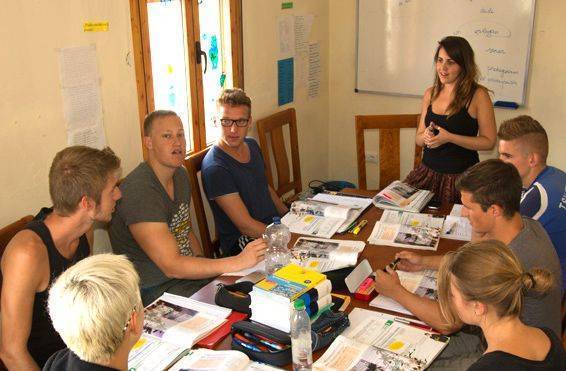
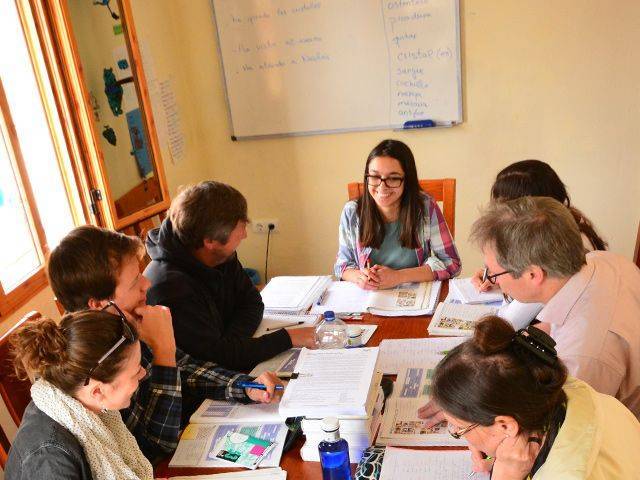
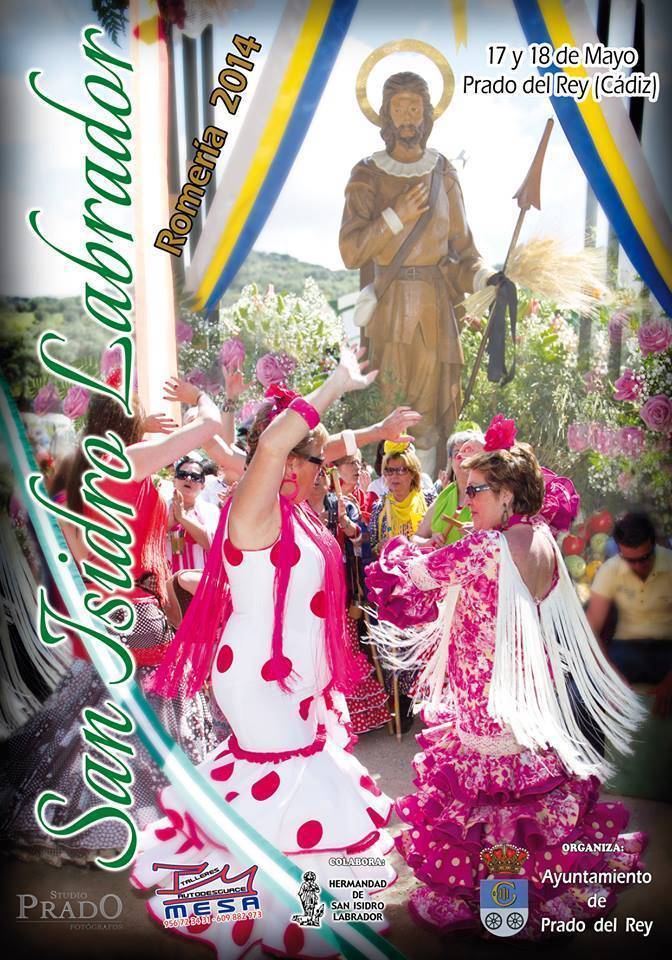
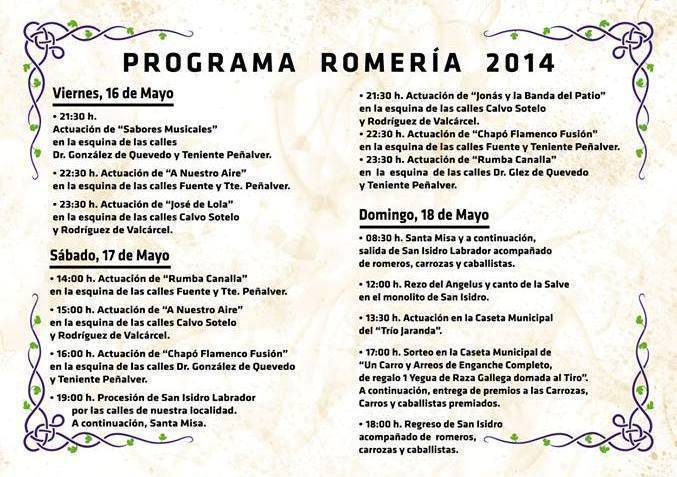
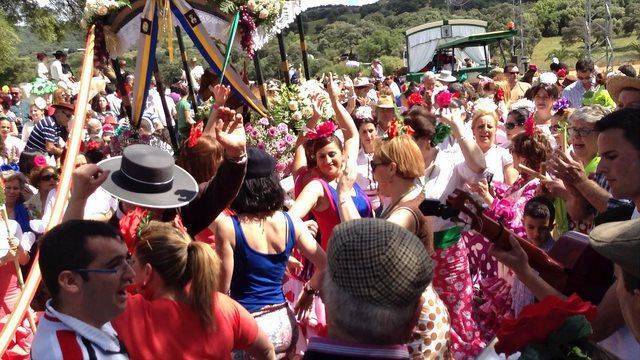
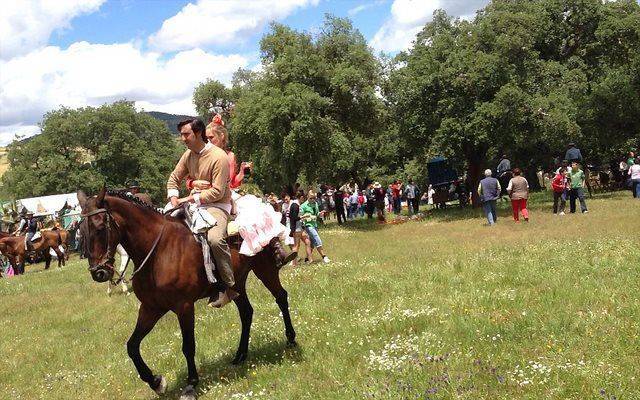
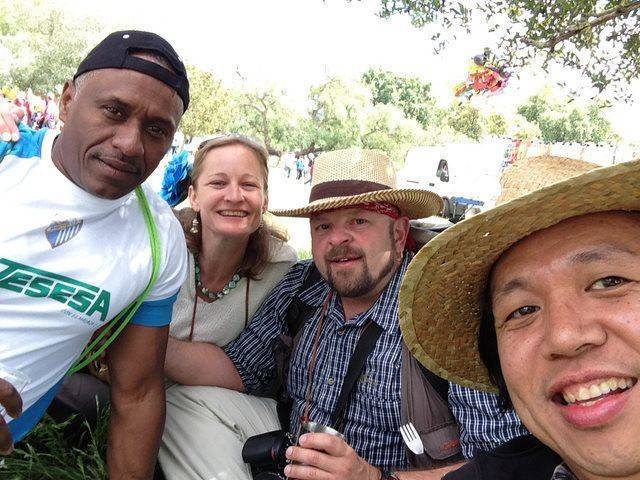
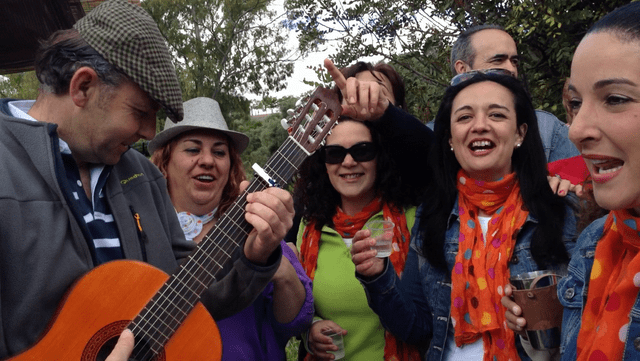
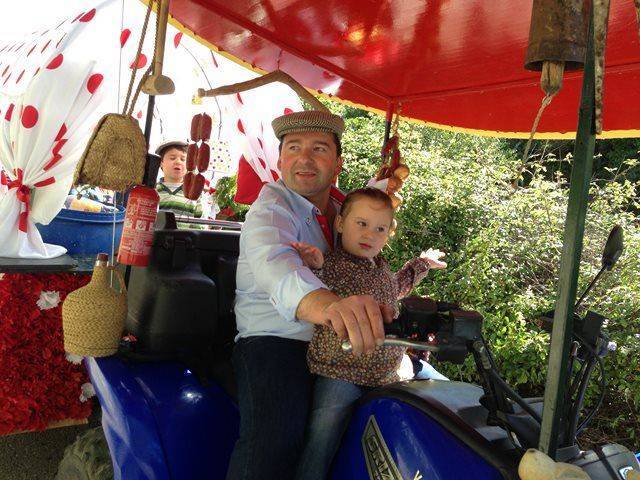
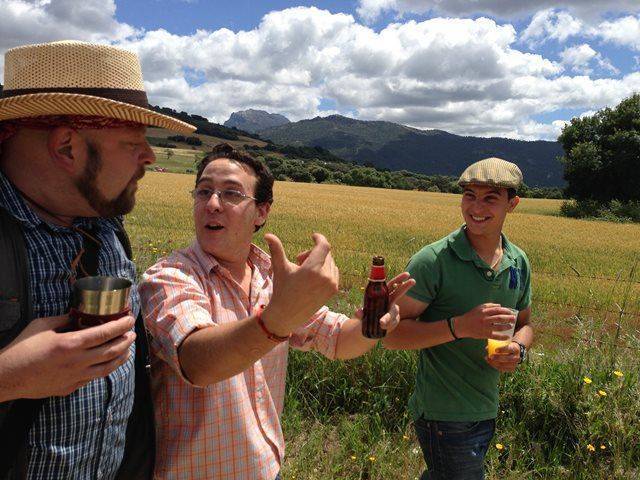
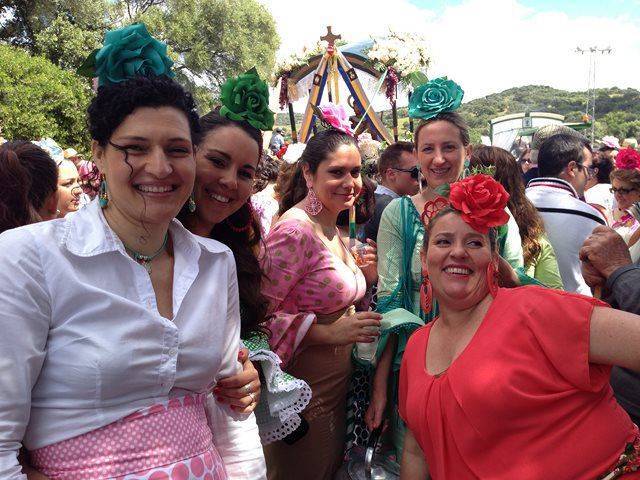
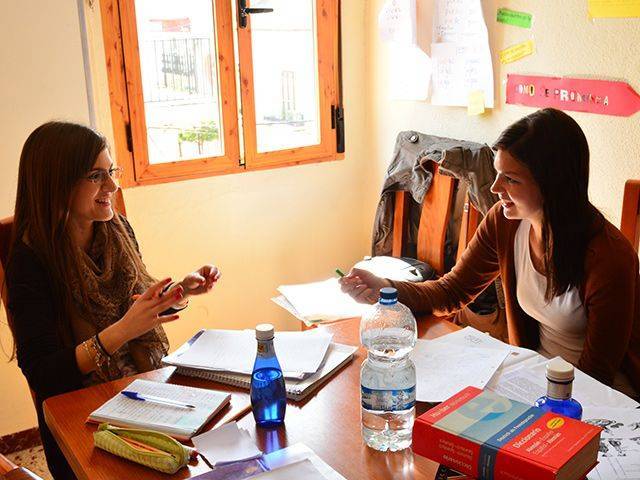
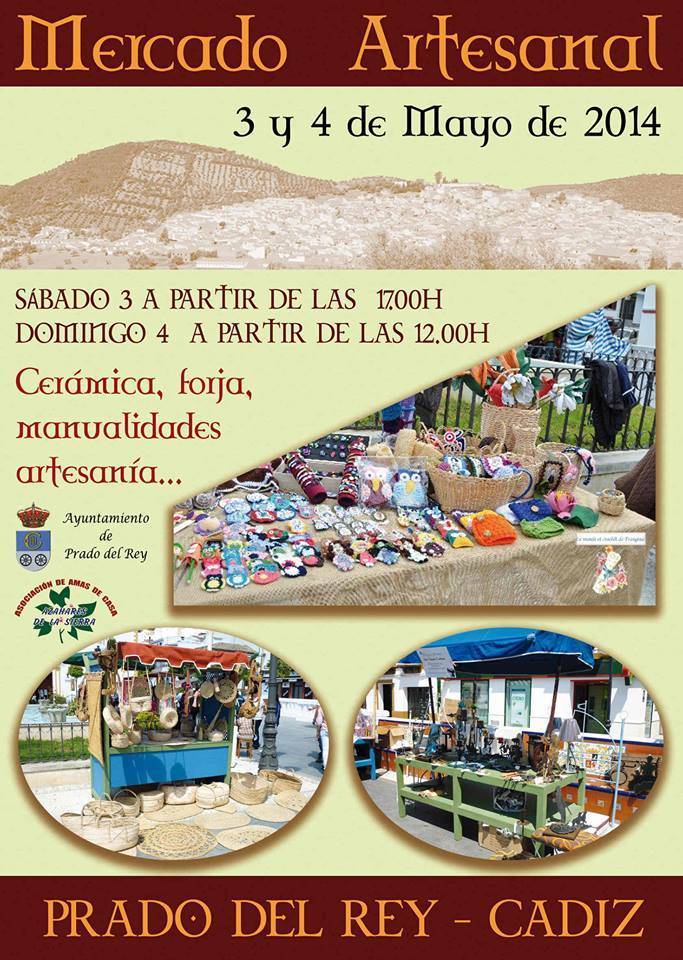
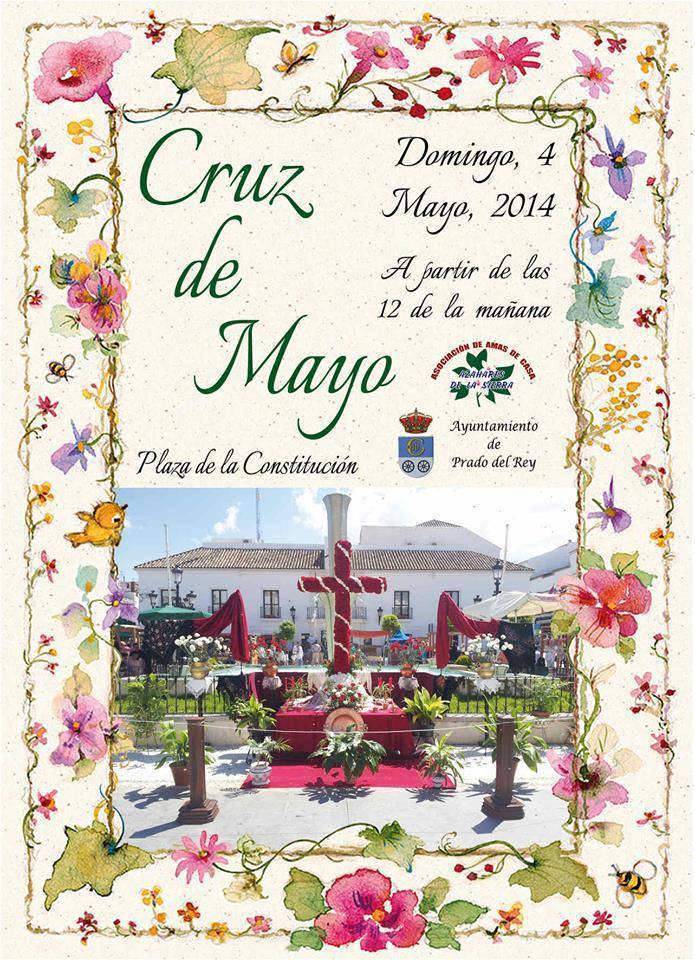
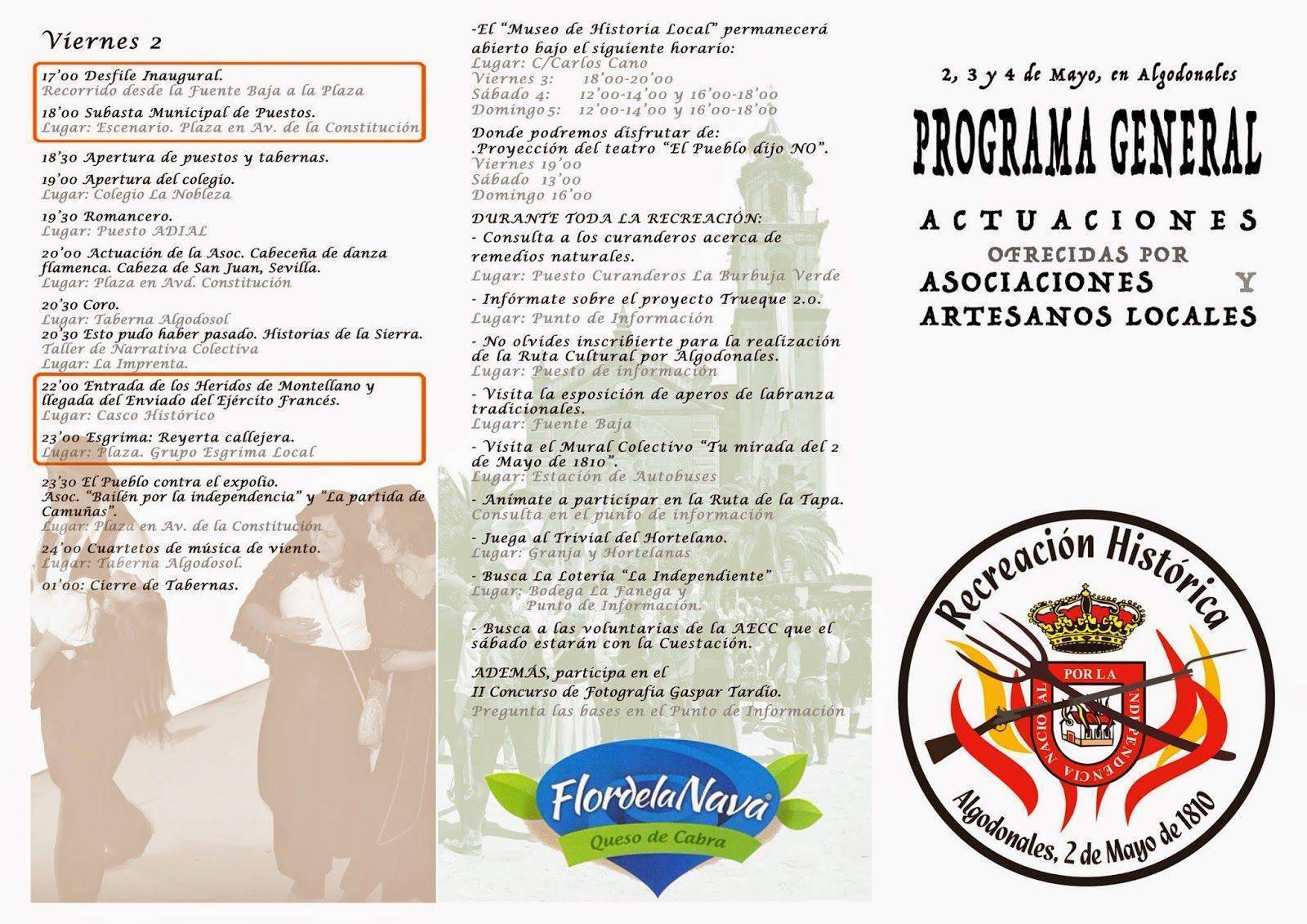
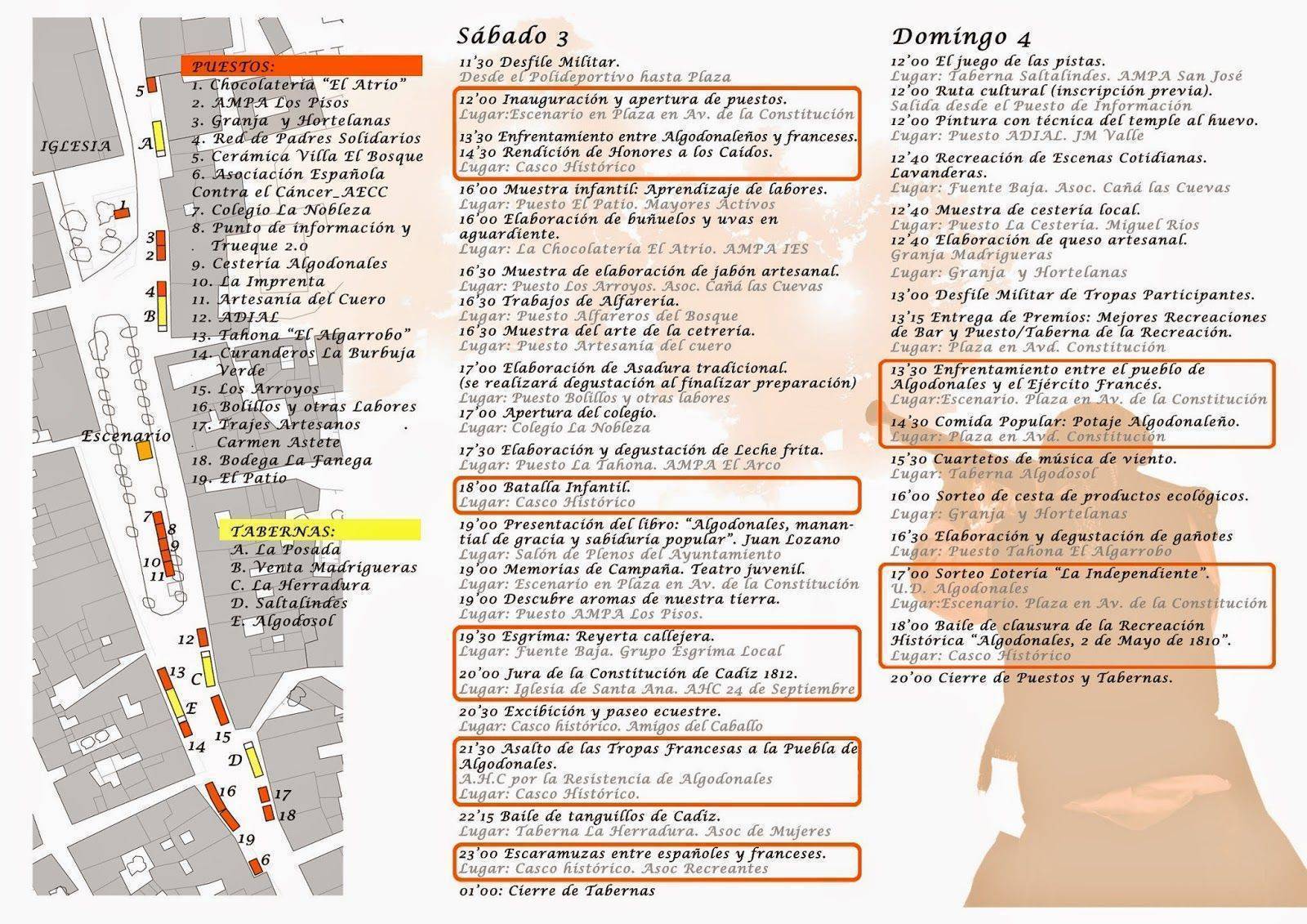

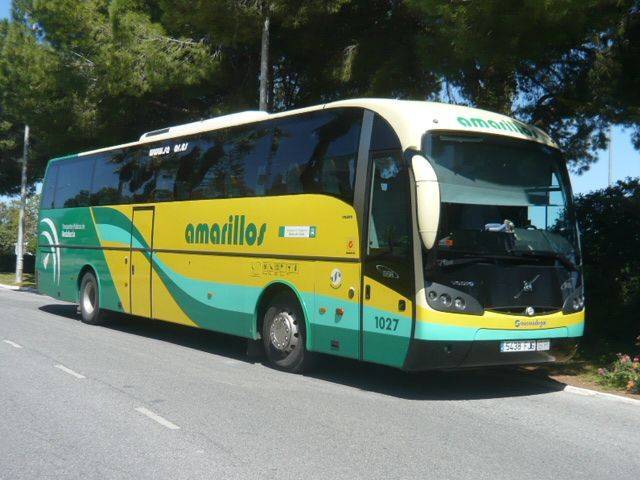
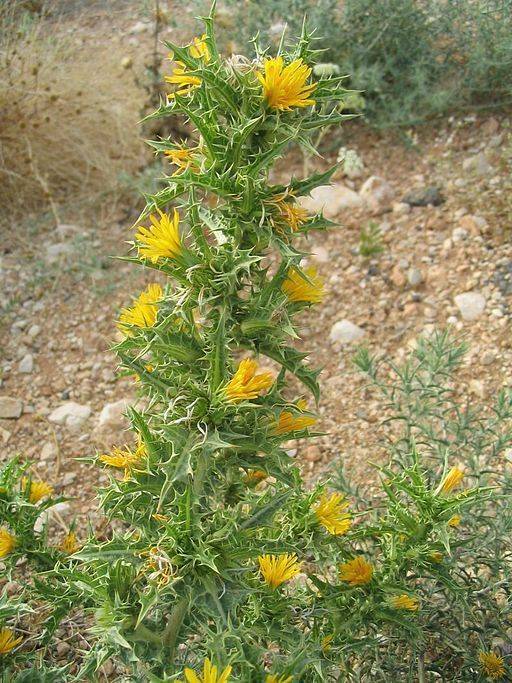

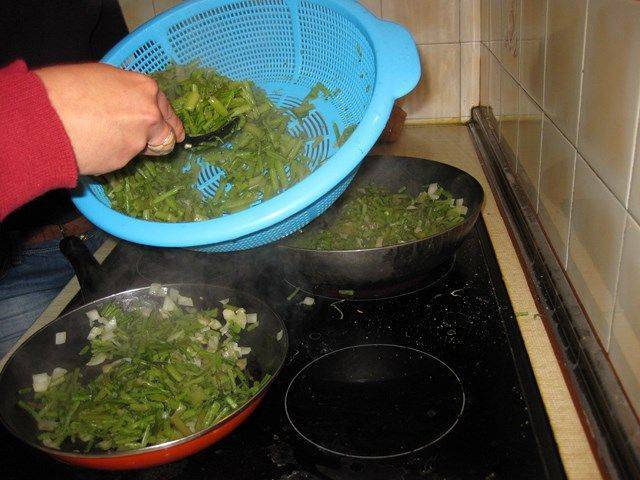
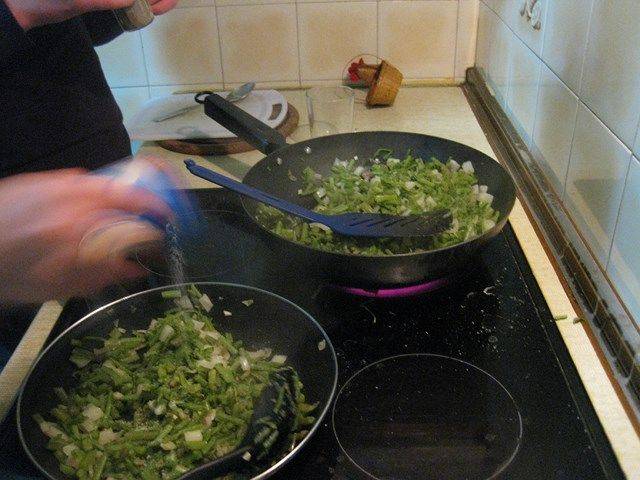
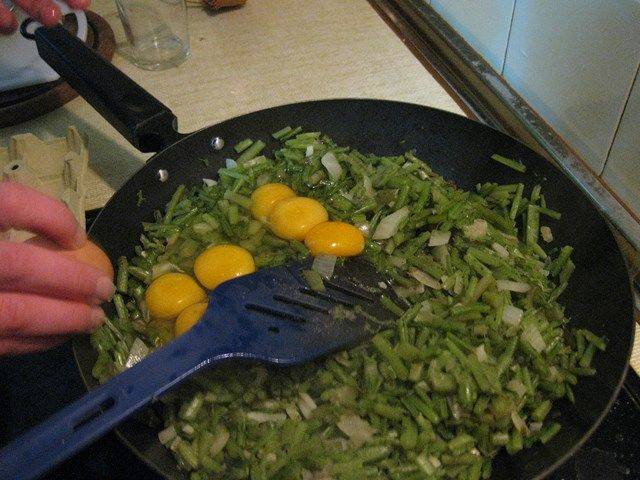

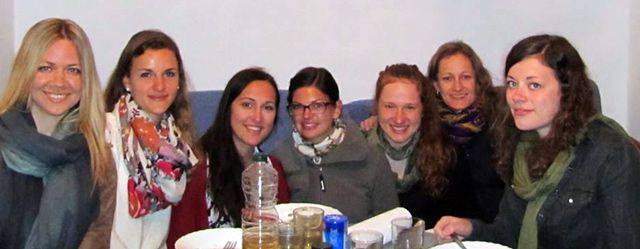
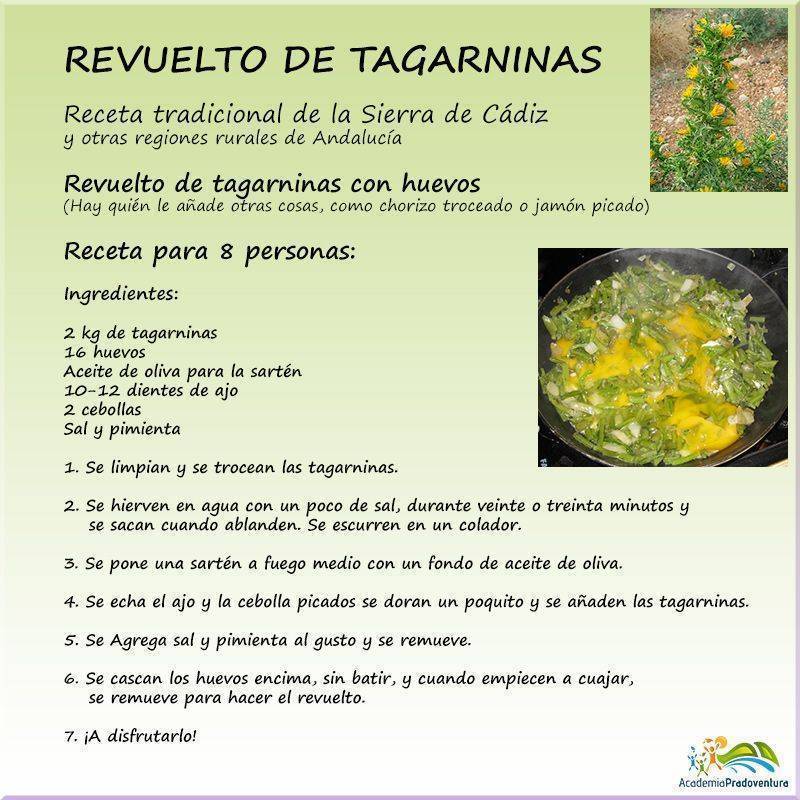
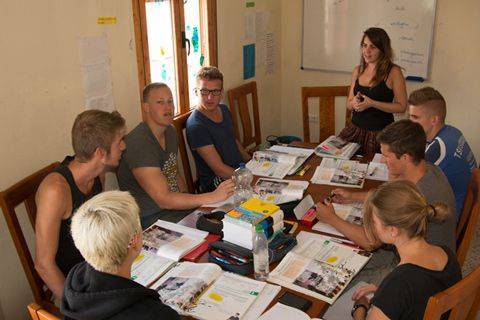 In this post I’m going to present you a game that made me spend funny moments with a group of students with A1 level. From there on I have used it several times to review the vocabulary of descriptions of the physical aspect and character or I adapt it to other contexts.
In this post I’m going to present you a game that made me spend funny moments with a group of students with A1 level. From there on I have used it several times to review the vocabulary of descriptions of the physical aspect and character or I adapt it to other contexts.